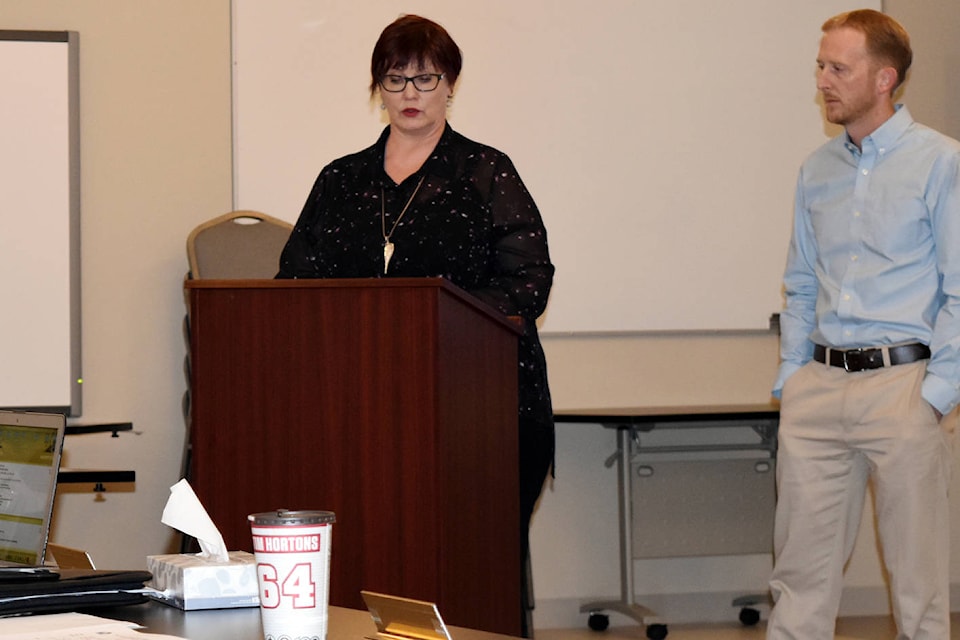People in rural areas face additional barriers to accessing health-care services.
Time and distance to travel to appointments can be nearly insurmountable, especially when it comes to specialized services like help with mental-health issues, addictions or abuse. This is compounded for youth, who may lack the transportation, financial resources or the ability to fit appointments into their schedule.
But a new plan spearheaded by Child and Youth Mental Health and Substance Use Collaborative and the Shuswap Local Action team, which includes representatives from the school district and family doctors, intends to remove some of those barriers by bringing the care directly to some of their most vulnerable clients at Salmon Arm Secondary.
The group is looking to open a wellness centre at the Sullivan campus, which would be staffed by a team of professionals such as doctors, public health nurses and social workers operating one day each week. The services would include assessment, treatment and possibly referral to other programs and services.
“The problems with youth mental health are enormous. We see it in the ER, the teachers see it, school counsellors see it, and parents live it each day. The problem is we can’t help a kid if we don’t see them and barriers to getting this care can be remarkably high, especially for those living in the rural areas,” says Dr. Richard Currie, a Salmon Arm physician.
Committee member Monica Kriese commented that the idea is to make services more easily accessible to students. For example, approximately 20 per cent of students at SAS rely on school buses to get to and from school, making medical appointments or mental- health supports difficult to access.
This initiative has been started in some other schools in the province, and involves a team-based approach of health professionals, with the school district hosting the space at the Sullivan campus. A one-year pilot project is being proposed. The goal would be to get it up and running and then collect data with a view to implementing a program with long-term funding.
“The sustainability will depend on the success,” says Currie.
Kriese also points out that local youth will have a voice in the project by creating a student council for the centre which will help guide what the most-needed services are and how best to deliver them to young people.
The request to consider the establishment of the wellness centre was readily approved by official trustee Mike McKay.
“Spoiler alert,” McKay told those assembled at the recent school board meeting before the presentation was finished. “You will have as strong a support as I can give.”
That being said, McKay wondered about the budget implications, and was informed the school district will not pay for any of the costs of the centre, but would provide the space for the centre at the school.
He added youth mental health is one of the top issues in the province right now and that hopefully this collaboration of services within a community will receive the support it needs to be sustainable.
“I endorse this, approve this, celebrate this and champion this… This is one of, if not the top issue facing today’s youth. This is something that can help make our kids successful and even go as far as saving lives.”
